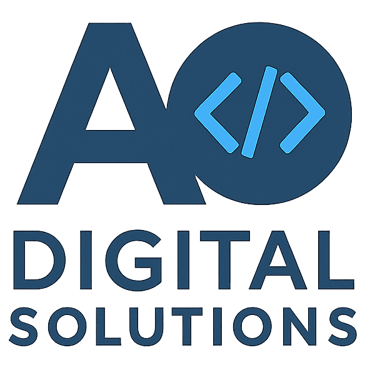Make Your MVP a Success: How to Use User Feedback Effectively
Learn how to turn user feedback into real product improvements. Avoid costly mistakes and build an MVP your users truly want. Read the full guide now!
MVP
Alessandro Orlandi
6/17/20252 min read


Why User Feedback Is Critical
An MVP (Minimum Viable Product) is not a finished product. That’s exactly its biggest strength. It’s a lean and strategic way to get your idea out into the market without getting lost in endless development.
The truth is: many digital products don’t fail due to technical shortcomings. They fail because they miss the actual needs of their users. User feedback helps close that dangerous gap. It turns your assumptions into verified knowledge, reveals real needs, and gives your product direction.
The Best Time for Feedback? As Early as Possible
Before Launch: Even a clickable prototype can reveal friction. What’s confusing? Where do users hesitate? Early feedback helps you test navigation, language, logic – and saves a lot of time down the road.
During Launch: Now it gets real. What features are used? Where do users bounce? What frustrates or delights them? Quantitative data and early qualitative insights are crucial.
After Launch: Here’s where iteration begins. Bug reports, suggestions, support emails – everything is input. Use it to grow smarter, not just bigger.
The Three Types of Feedback – and How to Use Them
Quantitative Feedback: Data like click rates, session length, and funnel drop-offs. This shows what happens but rarely explains why.
Qualitative Feedback: Through interviews, surveys, or open-form questions. You hear user motivations and frustrations – and learn what really matters.
Unsolicited Feedback: App reviews, social media comments, spontaneous emails. Often brutally honest – and incredibly valuable.
Turning Feedback Into Action
Centralize it: Use tools like Notion or Airtable. Track who gave what feedback and in what context.
Categorize it: Bugs, usability issues, feature requests, wording problems – create structure.
Prioritize: Focus on what has the highest impact with lowest effort or the biggest effect on user satisfaction.
Act on it: Don’t just collect feedback. Build it into your roadmap and improve fast.
Common Mistakes – and How to Avoid Them
Trying to fix everything at once: You lose focus. Prioritize and stay lean.
Feedback without context: If someone says “I don’t like this,” ask why. Don’t settle for vague.
Asking the wrong audience: Internal opinions can be misleading. Focus on real users.
Ignoring feedback: Nothing is worse than collecting input and never using it. Users will notice – and stop contributing.
Conclusion: Feedback Is the Key to Long-Term Growth
An MVP is the beginning, not the finish line. Your success depends on what comes next.
When you listen to your users, process their feedback, and improve iteratively, your MVP becomes a valuable, validated product.
User feedback helps you:
reduce development waste
improve product-market fit
build features people actually need
strengthen relationships with your audience
Put simply: it saves you money, time, and builds better software. And it’s one of the most underrated growth levers in product development.
If you want a partner who brings both structure and creativity to this process, let's talk. I’ll help you build an MVP that adapts, improves, and succeeds.
👉 Book your free intro call now and let's build something great.
Software quality made in Germany - #digital #human sustainable
Address
Pfalzstraße 16b
86343 Königsbrunn
© 2025. All rights reserved
#digital #human #sustainable
